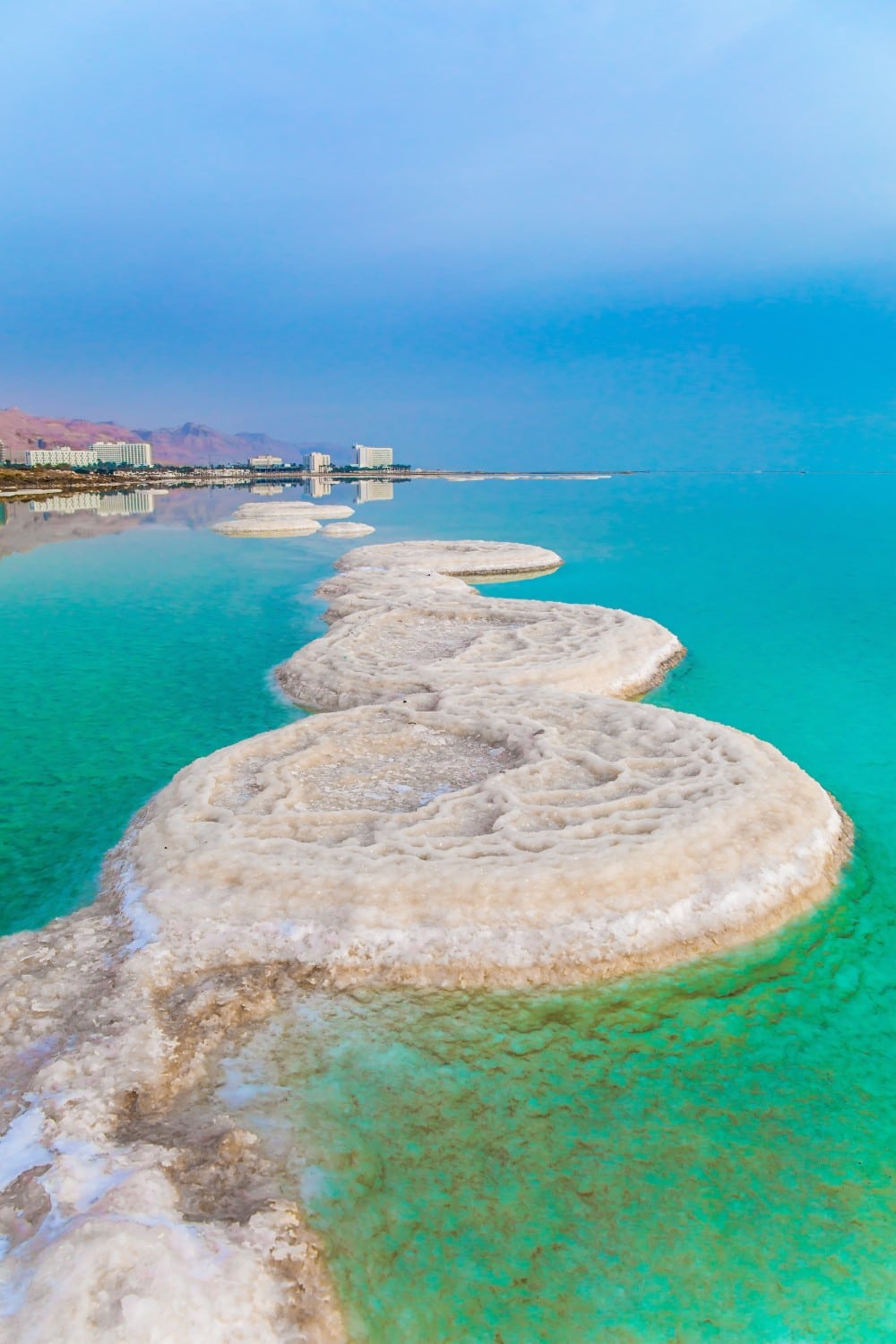CAS Number
7726-95-6
Typical Properties
Appearance
Heavy red-brown, fuming liquid with a sharp, harsh irritating odour
Melting point/range
-7.3 °C
Boiling point/range
58.8 °C
Evaporation rate (ether=1)
High
Vapor pressure
175 mmHg (20°C)
Vapor density
5.5
Solubility
Solubility in water
– 3.5 g/100ml at 20°C
Partition coefficient (n-octanol/water)
LogP – 1.3 (estimated)
Explosive properties
Not explosive
Oxidizing properties
Oxidize
Specifications
Bromine Assay %
Min – 99.8
Iodine (ppm)
Max – 1
Chlorine (ppm)
Max – 60
Heavy Metals (as Pb) ppm Heavy Metals (as Pb) ppm
Max – 1
Residue after Evaporation (ppm)
Max – 30
Specific Gravity at 20oC
Min – 31.2
Sulfur Compounds as SO4 (ppm)
Max – 10
Moisture (ppm)
Max – 30
Total Organic Matter as Carbon (ppm)
Max – 30
Iron (Fe) ppm
Max – 1
We would love to hear from you!

